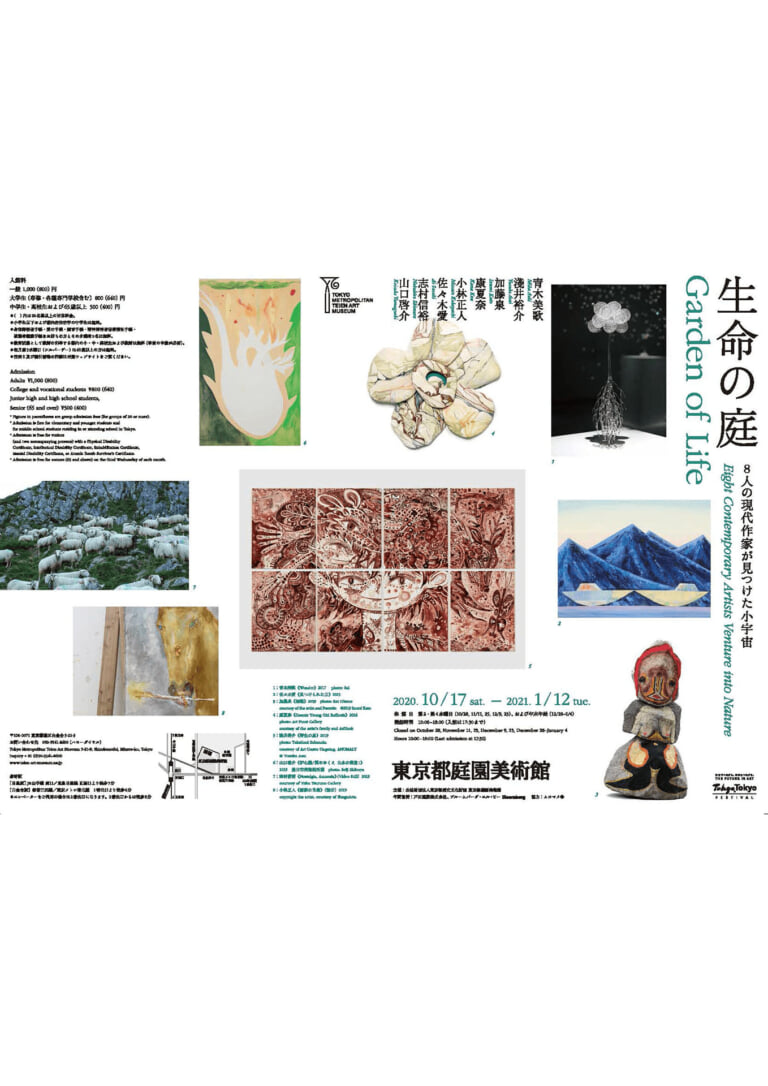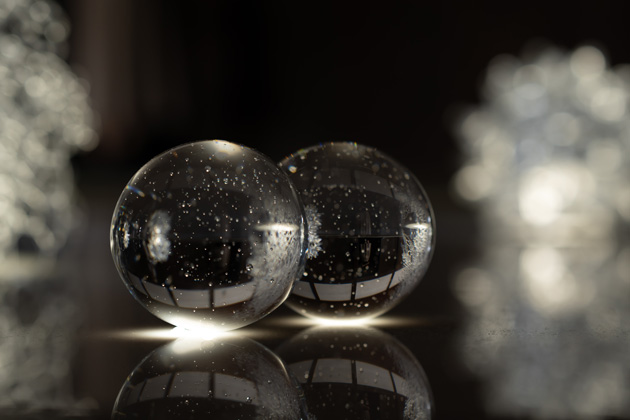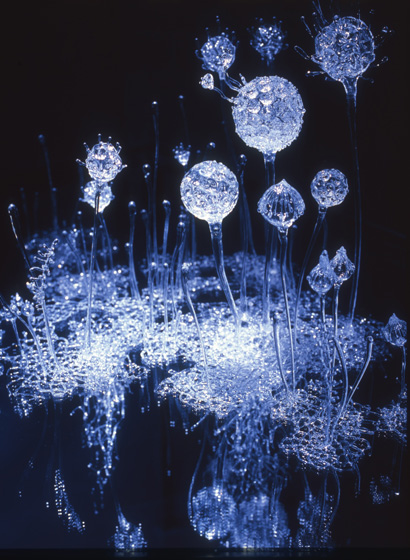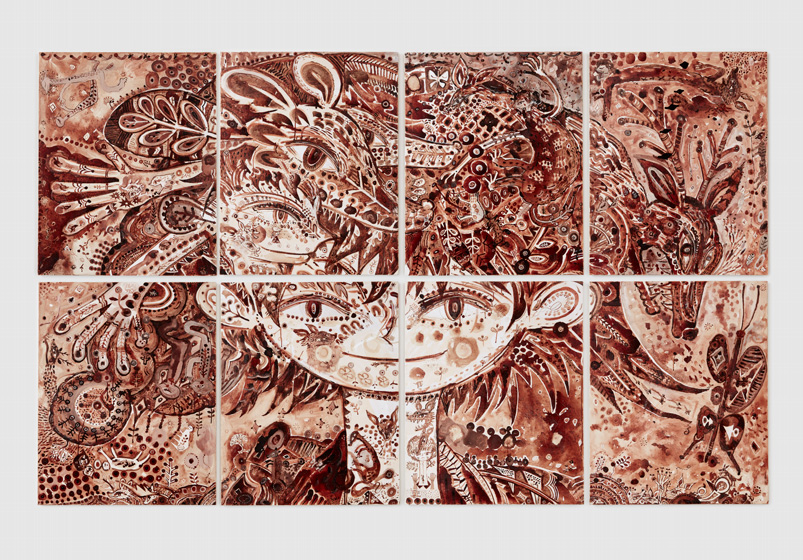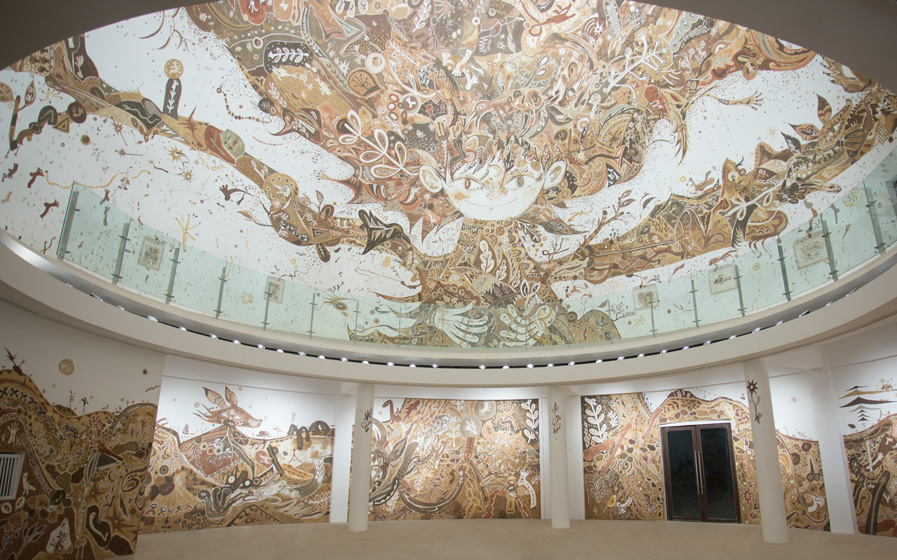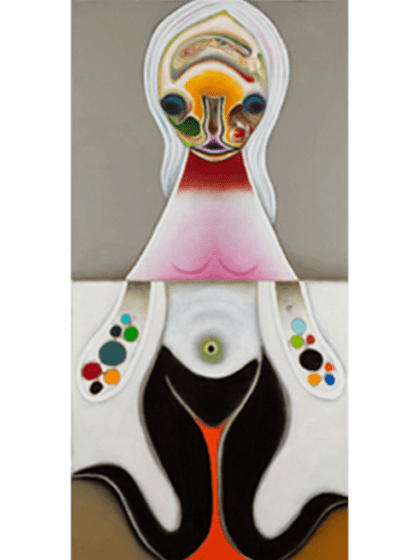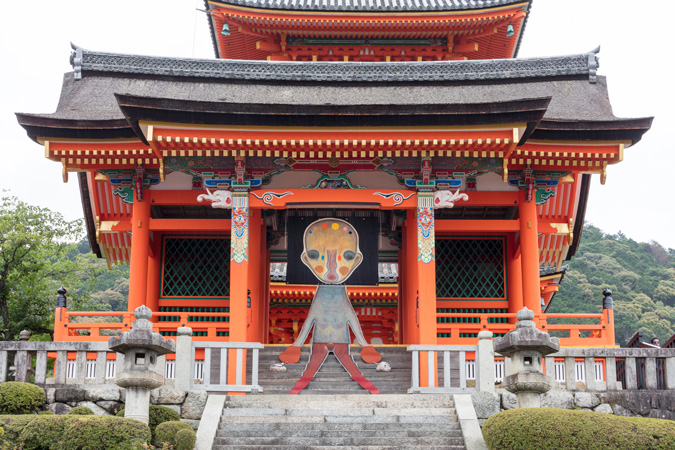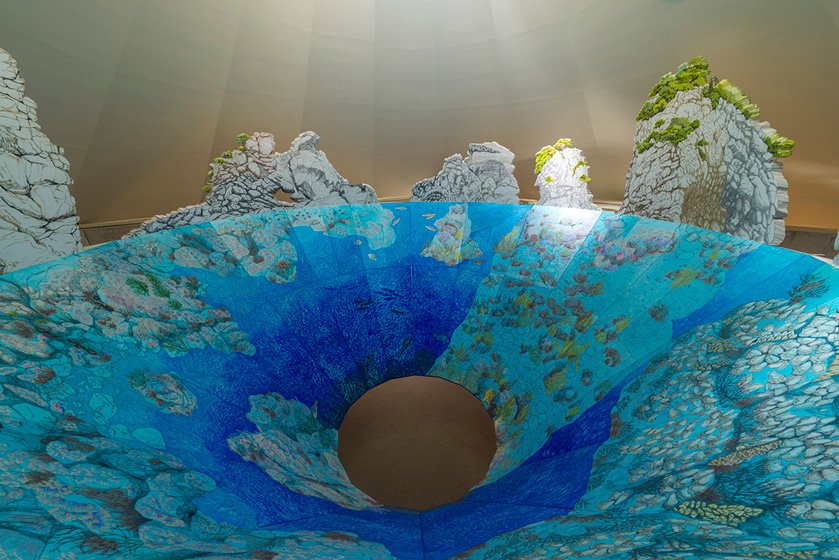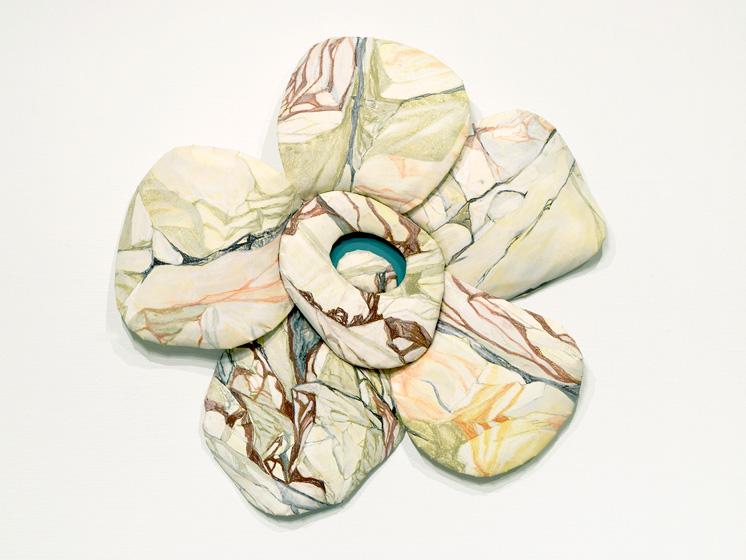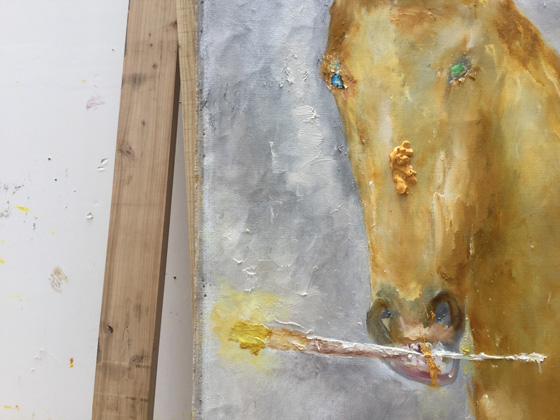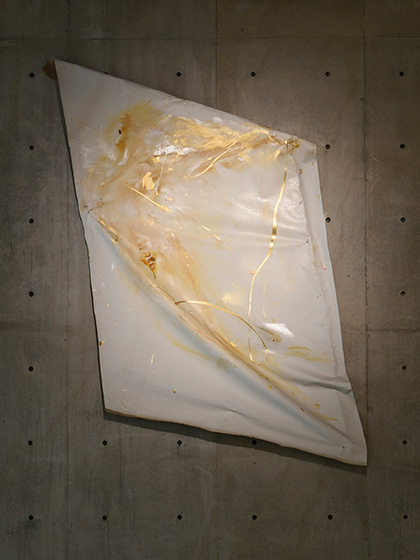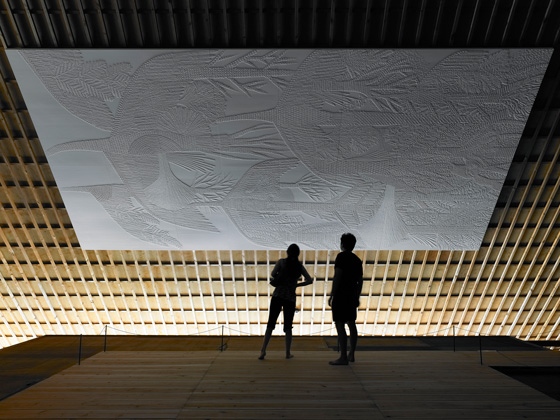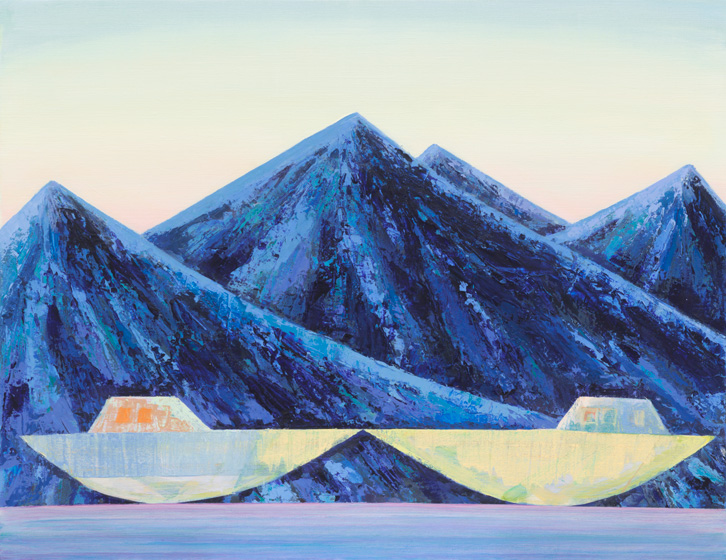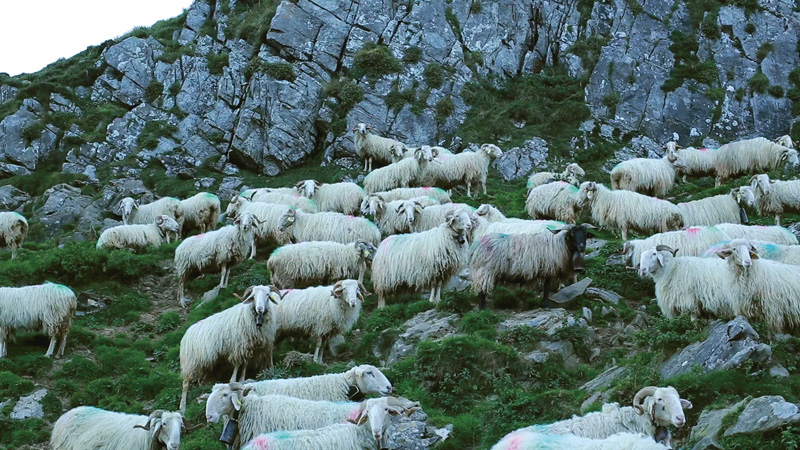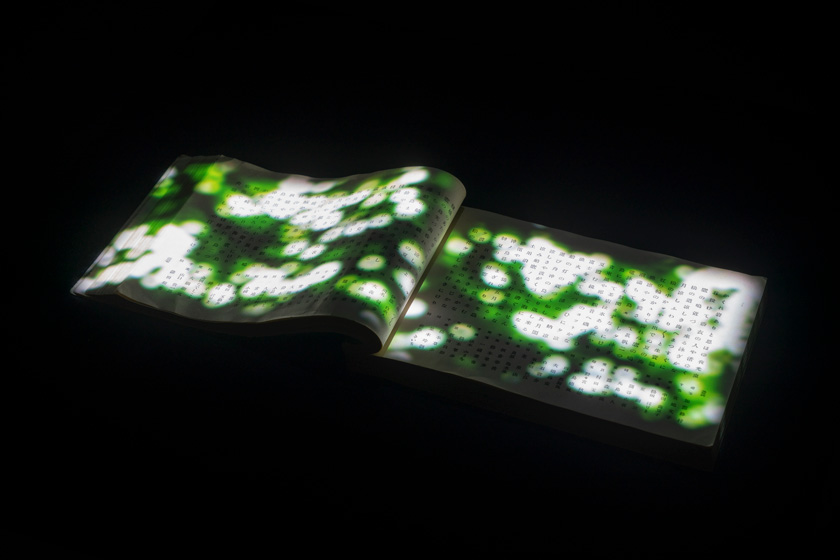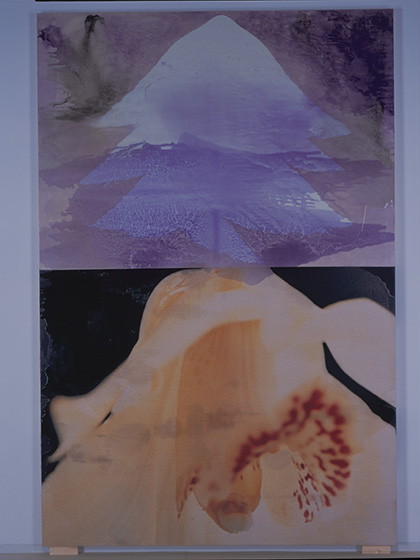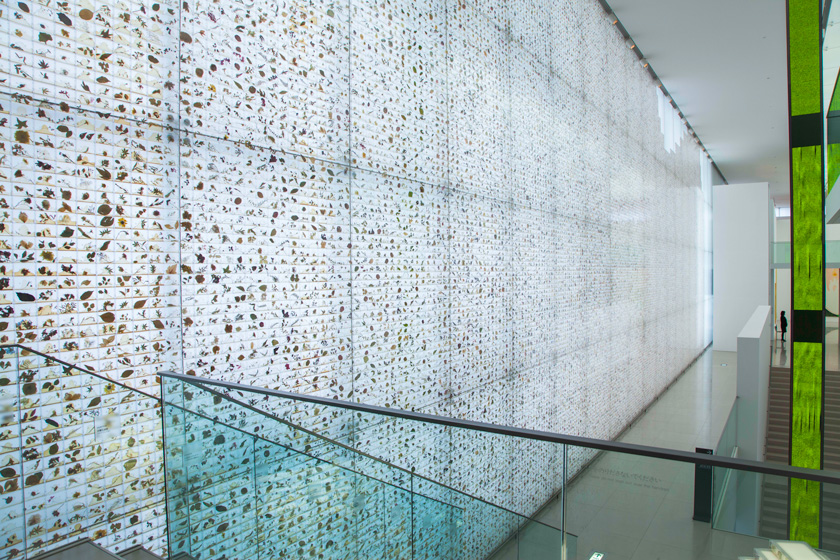Garden of Life: Eight Contemporary Artists Venture into NatureGarden of Life
- Dates
-
Saturday, October 17, 2020 - Tuesday, January 12, 2021
- Hours
-
10AM 〜 6PM
Last admission at 17:30 - Venue
- Tokyo Metropolitan Teien Art Museum
- Closed
-
Closed every Monday, October 28, November 11, 25, December 9, 23, December 28–January 4
- Exhibition admission
-
Admission Tickets Adults Group Adults ¥1,000 ¥800 College students(Vocational students) ¥800 ¥640 Middle & high school students ¥500 ¥400 65 and above ¥500 ¥400
